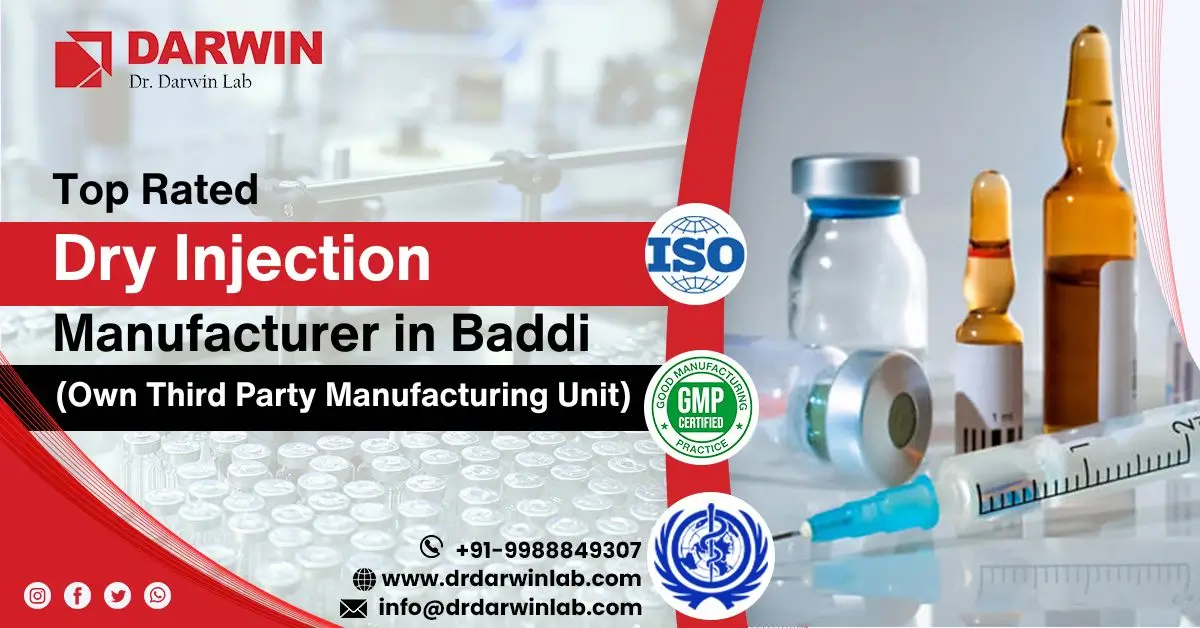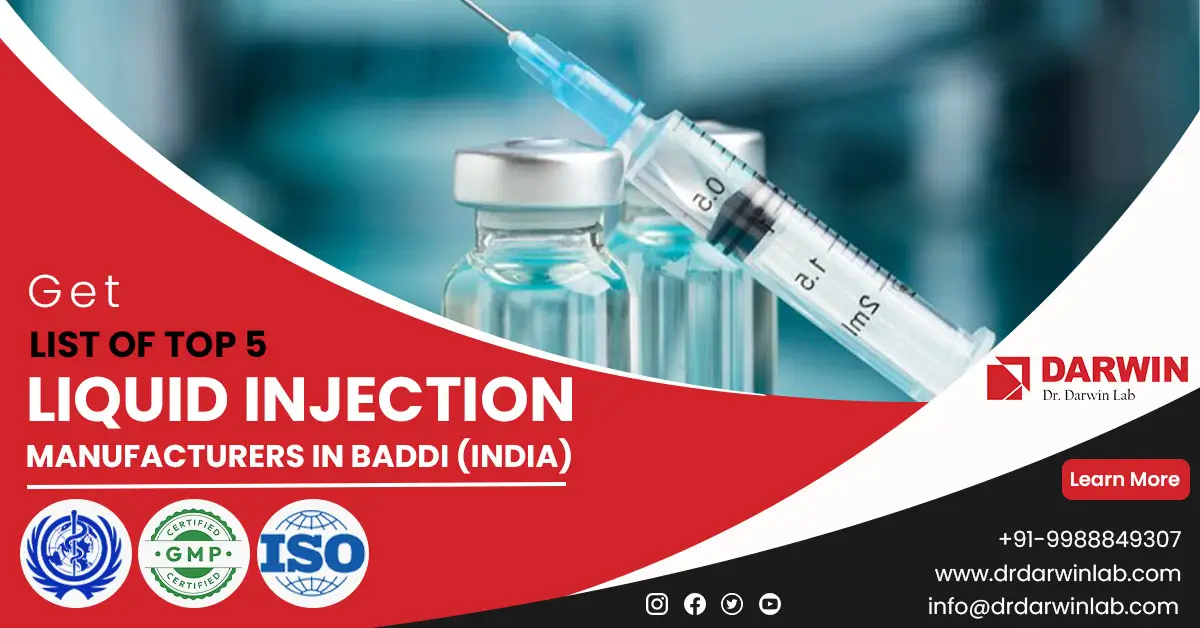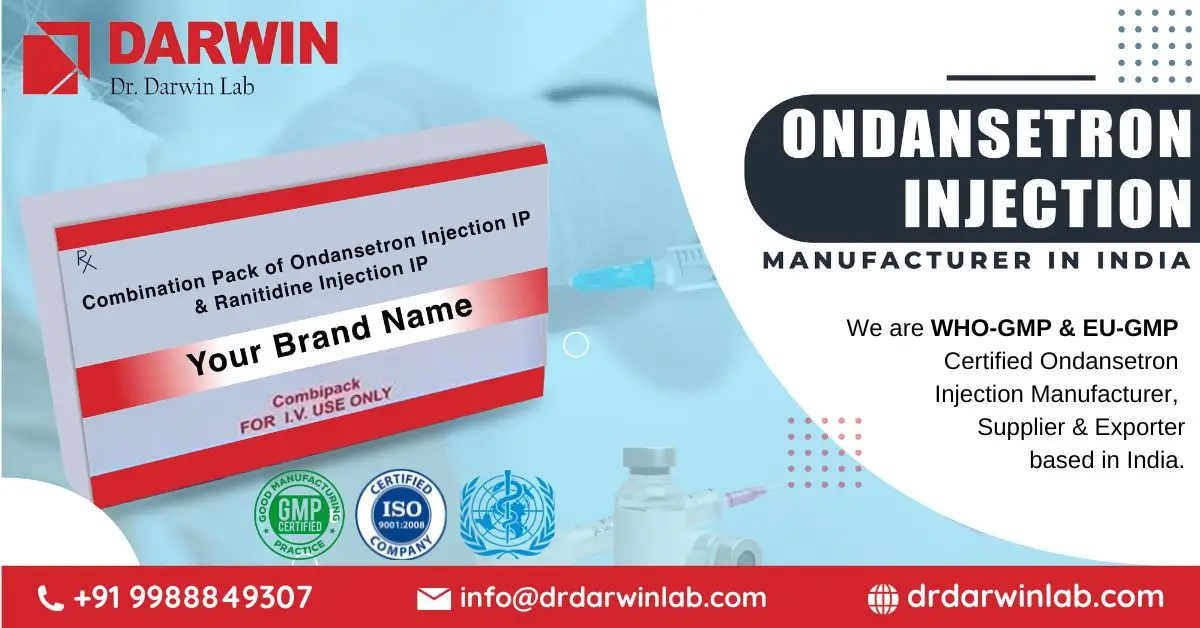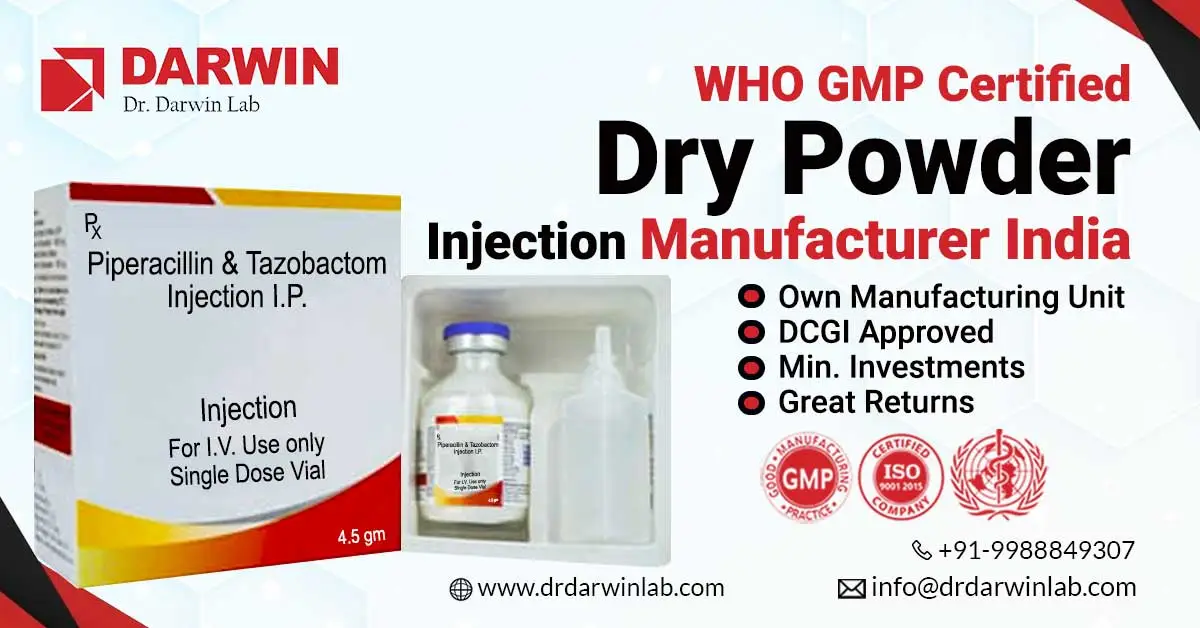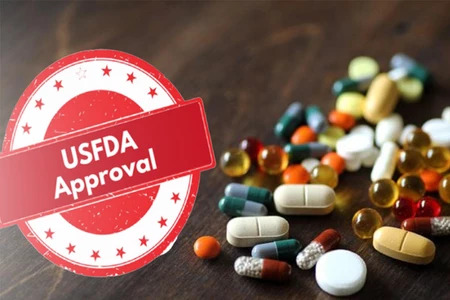
Why do Indian pharma companies frequently fail US FDA quality controls? If they are so poor in quality, how do they get approval from Indian agencies?
In the proverbial blink of an eye, soaring US drug costs have driven the shift from branded to generic, from drugs made in the US to those made elsewhere. As much as ~80% of active pharmaceutical ingredients (APIs) and as much as ~40% of finished drug products in the US now come from China or India (1). Not because this is necessarily better for the health of US patients but because generics are much cheaper. The statistics reveal how drug pricing pressure plays out in the US market.
-
Even though generics comprised only ~22% of US drug spending in 2019, they made up ~95% of prescribed medications, which amounted to ~$2 trillion dollars in savings over the past 10 years (1)
As production shifted overseas, US regulatory oversight initially didn't keep pace even as local oversight remained lax to non-existent. The FDA didn't initially uncover evidence of outright fraud at overseas drug manufacturing facilities proactively but rather unusually courageous and persistent whistleblowers such as Dinesh Thakur brought it to their attention.
In any case, Indian (and Chinese) generics makers have also quickly adjusted to more stringent standards and inspections from the FDA since regulatory laxity at home has allowed them to evolve ways to manufacture drugs that vary in quality depending on the country that buys their drugs, “dual-track”, “multi-tier” or “row A/row B production (2). Who pays the price in terms of lives lost? Why, poorer countries of course, India itself among them, countries that don't insist on safety and quality, countries that gratefully buy whatever drugs come their way, the cheaper the better. In fact, people across Africa have actually died as a result (2)
Whistleblowers notwithstanding, such persistent demand for cheaper drugs gives global generic drugmakers powerful leverage to continue as is and they're learning that all too well. After all, what are the alternatives?
-
Bring back US-based drug production? Prices would go up even more when they're already unacceptably high.
-
Stop buying generic drugs made elsewhere and let US patients die? Out of the question.
Classic Catch-22. What needs to happen to change this terrible and untenable status quo?
-
The US Congress needs to step up and do its job.
-
Force the FDA to better enforce its regulatory mandate. Not just warning letters and import bans but they also need to start pursuing cases in US courts of law to hold errant companies and their senior executives criminally liable for fraudulent actions. Also make surprise inspections standard in overseas facilities the way they are in the US.
-
Enact laws that set drug price controls.
2. Overseas drug regulators need to start enforcing. That requires dramatic changes on their part as well as broader changes within their civil society,
-
A cultural sea change; Indian drugmakers should fear Indian regulators rather than see them as partners.
-
A mammoth increase in the Indian drug inspection workforce with intensive and thorough training commensurate to their onerous drug enforcement authority (below from 3 and 4).
-
What if Indian investigative journalism also came into its own and began to regularly expose wrongdoing within Indian pharma? Doing so would enable the creation of a virtuous cycle whereby the Indian public would also demand better quality drugs and pressure their government and drugmakers to implement necessary changes.

Obviously, all this is a very tall order indeed and, at least at present, seems quite unlikely to come to pass. This is why where Indian pharma companies are concerned, neither the US FDA nor Indian regulators emerge covered in glory.
What investigative journalists and whistleblowers have uncovered about Indian generic drugs manufacturing.
The stink from regulatory oversight failures became so bad in recent years, the investigative journalist, Katherine Eban - Wikipedia wrote a 2019 New York Times bestseller about it (2). A wild, hair-raising ride into the extremely lucrative but corrupt belly of global generic drug manufacture. For me, the highlights of Eban's recent interview (February 18, 2020) to The Wire's Siddharth Varadarajan - Wikipedia were, were (my transcript from 5),
“Fraud is endemic in the generic drug industry. What if anything is the incentive for quality?...
The Indian market has a significant amount of substandard drugs. There is also no question that US patients have gotten substandard generics...
The US companies fear the FDA, they fear their regulators and they are subject to surprise inspection. If you are going to be subjected to a surprise inspection and you are fearful of your regulator, you would be more inclined to follow the rules whereas you know all of my reporting here [in India] suggests that companies don't fear the regulator, they see them more as the partner, which I think is very problematic from a public health point of view...
The book is highly critical of the US FDA. I mean the 8 years they spent investigating Ranbaxy all the while approving Ranbaxy's drugs, giving them the green light for the biggest generic drug launch in US history, generic Lipitor. Why? …
I think the global regulatory system is broken...
Ranbaxy...The fraud...is documented in US FDA inspection reports...No individual was ever prosecuted...The company pled guilty to 7 felonies...No criminal prosecution of individual executives and without that, it's very hard to really hold people accountable and to send a message through the industry that this behavior is not accepted...
The US FDA...are committed to not creating a public panic, to telling everybody that it's fine and they barely even stop doing that when people are literally falling over dead. I mean with the tainted heparin...they almost never tell people to stop taking their medicine...
Dual track production which is that the generic companies make one level of quality for their export markets, to Europe and the US, and they make another level of quality for the rest of the world market, so that would be India, Africa, and unfortunately, they are making just the worst of the worst drugs...
(Siddharth Varadarajan: different standards for different markets?)...
that is absolutely problematic. I mean, you know, as one executive described it to me, that's almost like a cancer that spreads throughout your organization, if you begin to assume that it's okay to make a substandard drug for one set of humans and a different quality for another set of humans...
From what I can observe it's only economic harm to the companies in India that will essentially lead the government to become better regulators. I don't see evidence right now that the Indian regulators feel compelled to act and similarly in the US, the dynamic is there that only the US Congress is going to be able to compel the FDA to change how it regulates. You know regulatory bodies are very sleepy animals and they have to be frightened into working properly. ”
Consistent bad press of this nature as well as whistleblower reports over the past few years helped stoke public pressure and finally forced the FDA to step up its vigilance and enforcement practices with respect to the quality of generic drugs being sold in the US. Result is many more FDA warning letters and import alerts to overseas generics drugmakers. Some of the unacceptable issues that forced the FDA to bar some Indian drug makers from shipping drugs to the US included (from 7drawing on data in 8).
(1) alteration/manipulation of product and air quality data;
(2) failure to review consumer complaints and hiding incident reports off site;
(3) back dating quality testing;
(4) altering/forging clinical trial data;
(5) alteration of training records for quality assurance personnel or functions;
(6) using data recording methods where data were preliminarily written down but could be overwritten, with the original data lost;
(7) presence of unauthorized quality assurance stamps; and
(8) performing multiple retesting of deviant samples and only recording the one that passed.”
Also (from 7 drawing on data in 9, 10, 11),
(1) shredded documents late at night before an FDA inspection,
(2) allowed unsanitary manufacturing conditions, or
(3) allowed “uncontrolled use of ‘trial’ injections during chromatographic testing” to achieve passing tests for drug batches or other reporting irregularities.”
Nothing new under the sun. Much of this sounds like Theranos redux except that was about regulatory oversight failure over blood tests by a US start-up while this is about Indian generic drug makers. Note also that some of these egregious manufacturing failures were reported to have taken place not just in plants in India but also in the US (10).
A long view of where things are at would suggest that we are in the middle of a tumultuous and momentous transition phase as global drug manufacturing shifts from US and Europe to China, India and elsewhere. That necessitates a steep learning curve for all involved. With human life at stake, manufacturing drugs has nothing in common with making cheap, throwaway widgets and gadgets. That the learning is thorough and beneficial for public health depends more on the actions of lawmakers and regulators and less on drugmakers. The Hindi proverb, “jiski lathi uski bhains” (who holds the stick, owns the buffalo) comes to mind. As long as drugmakers wield the stick, i.e., they get away with a mere slap on the wrist, outcomes will continue to be in favor of company profits over product quality.
Bibliography
1. 2019 Generic Drug and Biosimilars Access & Savings in the U.S. Report
3. If I follow US standards, I will have to shut almost all drug facilities: G N Singh
4. Kadam, Abhay B., et al. "Correcting India’s chronic shortage of drug inspectors to ensure the production and distribution of safe, high-quality medicines." International journal of health policy and management 5.9 (2016): 535. Correcting India’s Chronic Shortage of Drug Inspectors to Ensure the Production and Distribution of Safe, High-Quality Medicines
5. Watch | Katherine Eban Interview: How Drug Makers Are Compromising the Lives of People
6. Eban, Katherine. "Dirty medicine." Fortune Magazine (2013). https://rauhpsychiatry.com/wp-content/uploads/2017/04/Dirty-medicine-Fortune-Features-copy-4.pdf
7. White, C. Michael. "Generic Drugs Not as Safe as FDA Wants You to Believe." (2019): 1060028019881692. Generic Drugs Not as Safe as FDA Wants You to Believe - C. Michael White, 2020
8. FDA Form 483s From India: A Deep Dive Into the Problems
9. Hetero Labs plant hit with Form 483 for suspicious shredding of documents

